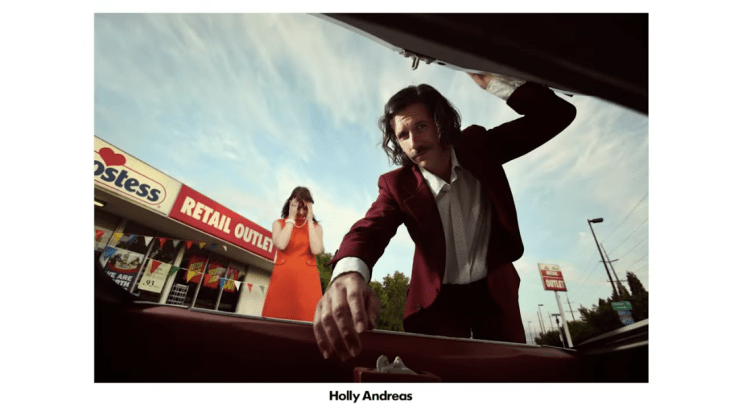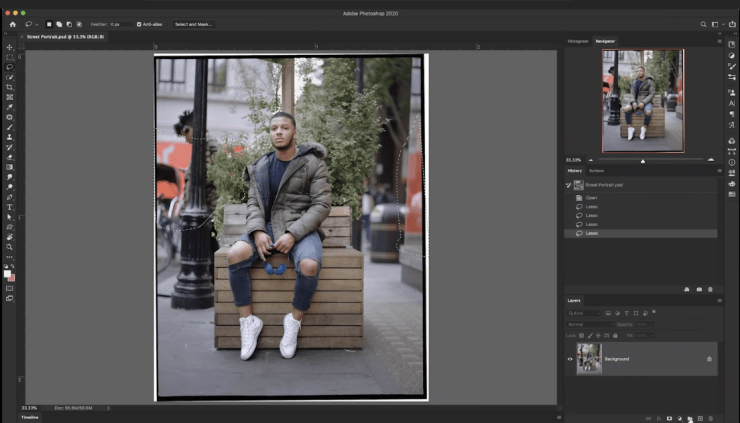Among the first important photography tips we are told is that composition is crucial to getting a great shot. To help us with this, there are now tons of tutorials that cover various topics like leading lines, Rule of Thirds, symmetry and all the other variations that photographers then and now use.
However, there’s still a big chance that putting all of these together as one big reference may be overwhelming or confusing than helpful for a beginner. When do you use which composition style and how does it enable you to create a photographic masterpiece?
This is where I found Jamie Windsor’s composition tips to be greatly helpful. In his video from several months ago, he brought up this issue and gave a handful of suggestions for anyone who may be in need of improving their composition or reworking their approach to it. Instead of just memorizing and strictly following the many different rules and grids out there, his advice is to practice with these eight simple tips in mind.
Get your position right
Jamie notes that there are two key factors that affect composition: The position of the subject and the position of the photographer — and the viewer by extension. Changing any or all of these two will affect how your shot will turn out — its meaning, mood, message or story. His advice? Experiment with different angles, evaluate what’s in your frame before pressing the shutter and shoot in both landscape and portrait orientations.

Use your mobile phone
Our eyes allow us to see everything around us in 3D, which is why photos — which are flat or 2D — tend to represent what we see differently. Most experienced photographers have already mastered the art of seeing in 2D, but if you want to fast-track training your eye for this, Jamie suggests using your mobile phone when looking around during a shoot. Think of it as a tool to see how contrast, colors, highlights and shadows affect a 2D composition.
Beware of the Rule of Thirds
While the Rule of Thirds is a classic composition style, Jamie warns of using it without checking if your shot is balanced. Don’t just use it because you know it’s a tried and tested approach. Think of your shot as a whole and provide a counterbalance when composing your shot. Pay attention to contrast, colors and shadows and how they affect your composition as a whole.
Blur your eyes
This may be weird, but squinting your eyes or deliberately blurring your vision may help you evaluate a scene in an abstract way. It can serve as your guide in taking note of the saturated, bright or contrasty areas so you can integrate them in your compositions.

Think conceptually
Before integrating aesthetics into your shot, think about the message or intention of your photo. What do you want your audience to see, feel or understand? The concept of your shoot or project will help guide the angle, framing and points of interest of your shot.
Keep it simple
Everything in your frame should be relevant to your story or concept. Start by looking for simplified backgrounds to help you compose shots with little to no distracting elements. As much as possible, get your subject to fill the frame.
Keep the edges clean
Watch out for the borders of your frame when composing your shot! Make sure you’re not cutting out the elbows or top of the head of your subjects in your framing. Make sure the edges are also free of distracting elements which can take away the viewers’ attention from your subject.

Work in post
This may be controversial for some photographers, but for Jamie, there’s nothing wrong with working in post for some minor tweaking to improve your photos. For example, you can crop, change the colors or saturation, take out distracting elements and other edits that would help improve your composition. However, you’re also free to do so guided by your personal ethics and values as a photographer.
Granted, you may or may not agree with some points in these tips. But I think we can all take this as a stepping stone for training our eyes to create better compositions. Take what you can out of it and practice, practice, practice — that’s what’s the most important!
If you liked this quick guide, you might also want to check out Jamie Windsor’s YouTube channel for more of his photography tips and tricks.
Screenshot images from the video
Tell your story with the second annual Visual Storytelling Conference!
Experience four days of interactive, online training sessions featuring a range of educational content with experienced photographers and content creators. This free event kicks off with a series of technical boot camps to build essential skills, followed by live, online sessions on photography, video, business and social media. Join live from March 10-13, 2022!
